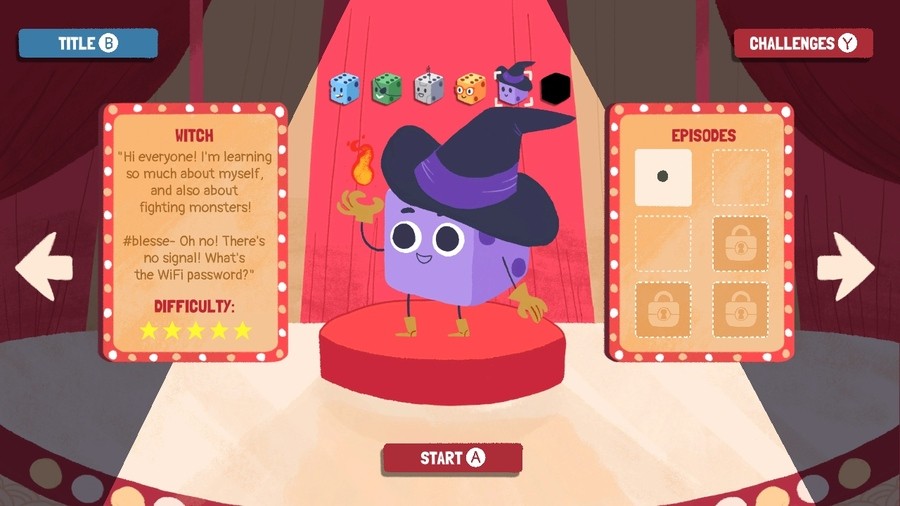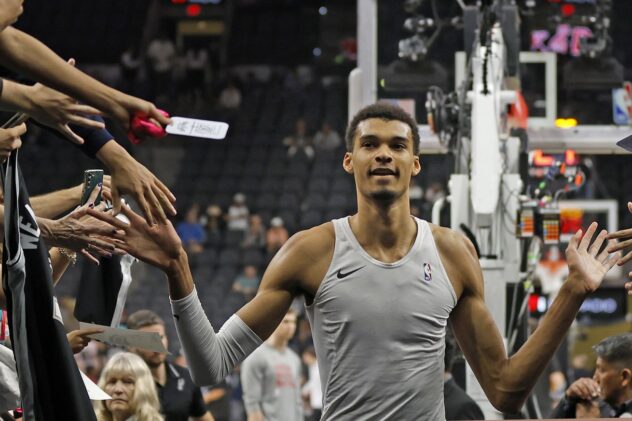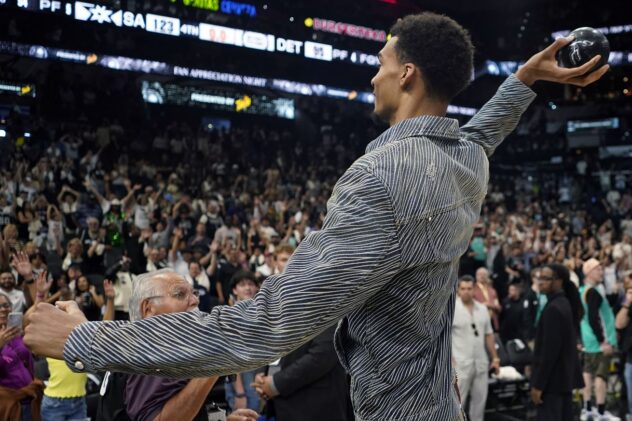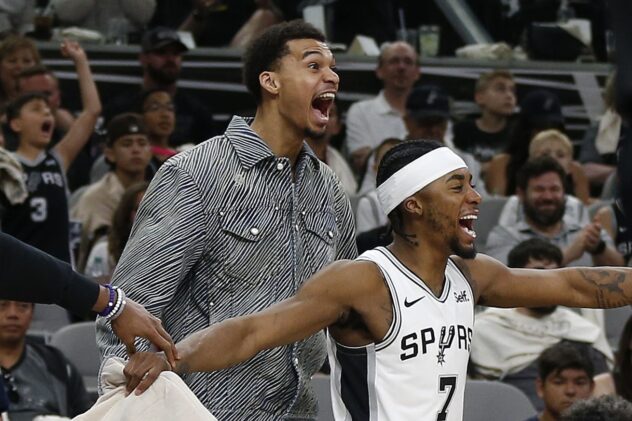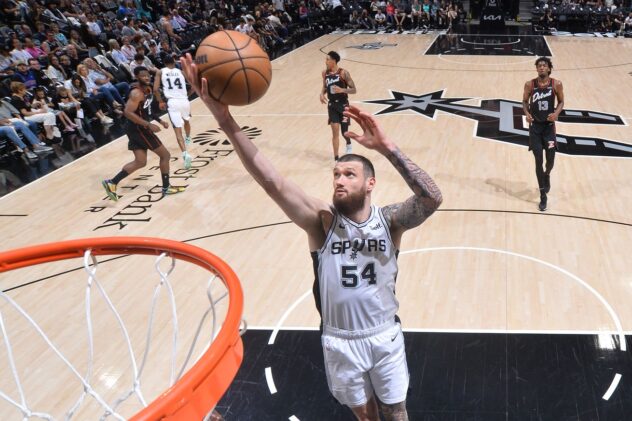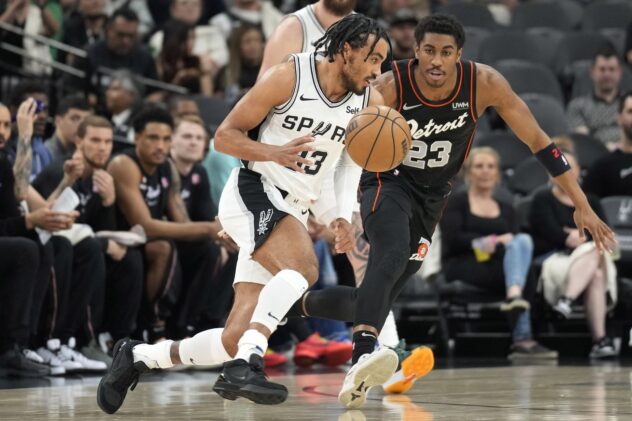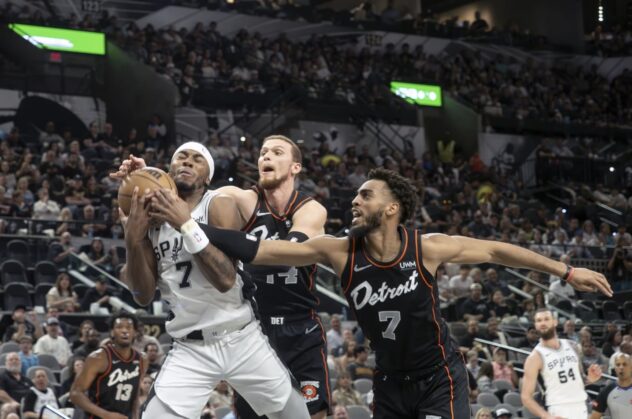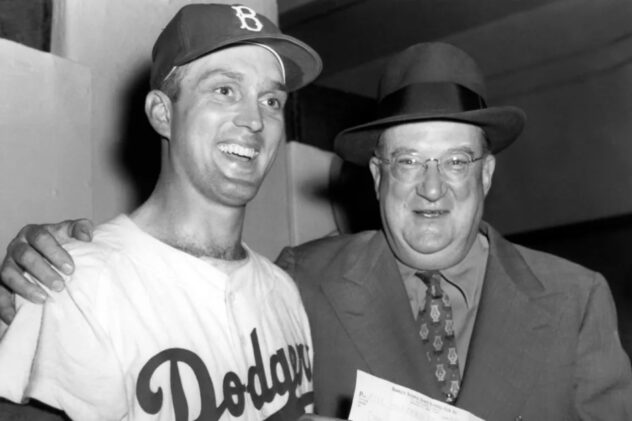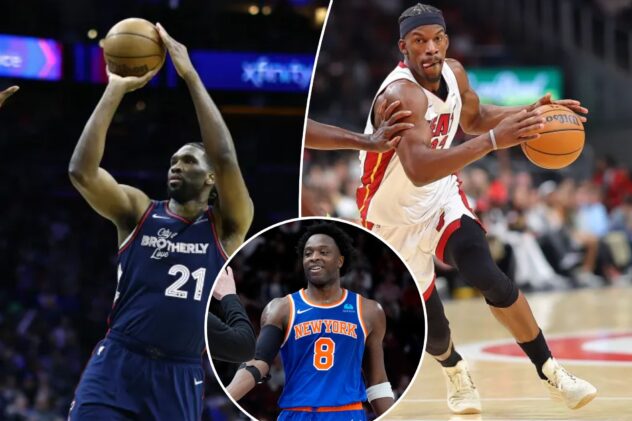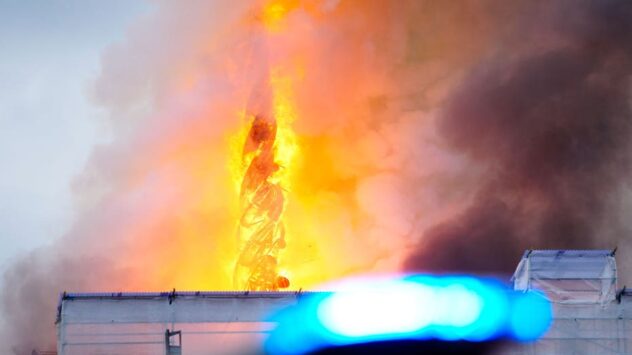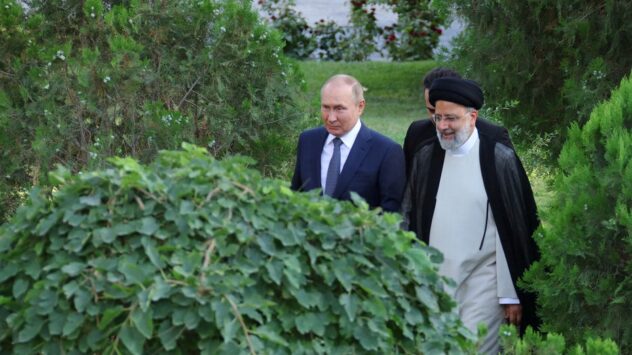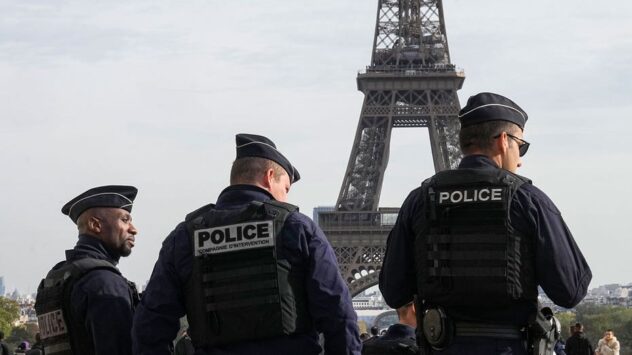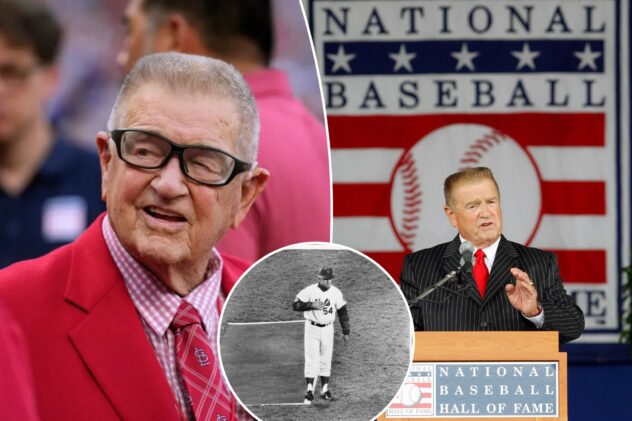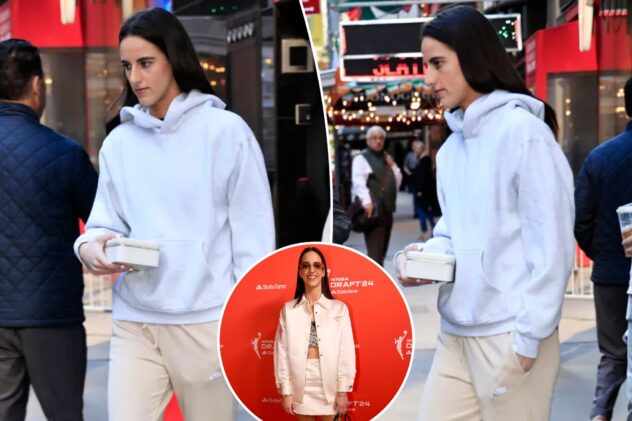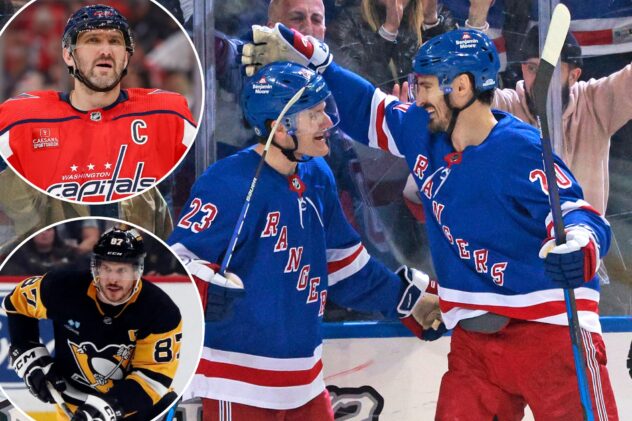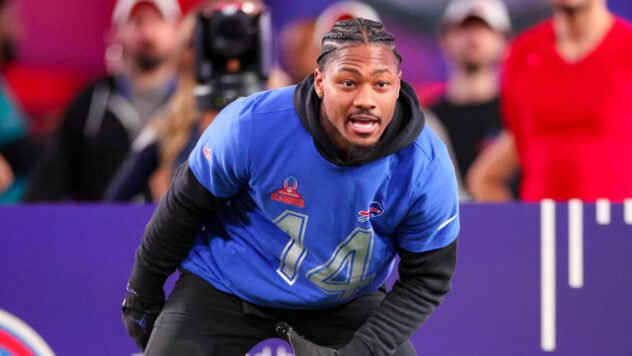Feature: Dicey Dungeons’ Terry Cavanagh And Chipzel On Inspirations, Characters, And The Crystal Maze
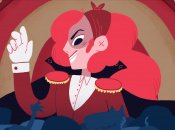
Roguelite deckbuilder Dicey Dungeons surprise-launched on Switch in the middle of December and has been keeping us busy over the holidays with its addictive blend of eye-catching art, cheeky humour, brilliant soundtrack and — of course — dice-based dungeon crawling.
We recently caught up with designer Terry Cavanagh and composer Chipzel via email to talk about the origins of this gem, how its characters and mechanics formed and evolved throughout development, and how classic British game shows helped shape the game and set it apart from your average fantasy deckbuilder.
First, we speak to designer Terry…
Nintendo Life: We’ve read that Dicey Dungeons was born from a roguelike game jam. Can you tell us a little about that and how your ideas developed over time?
Terry Cavanagh: Yep, that’s right! The very first version of Dicey Dungeons was a prototype I made for Seven Day Roguelike jam in 2018. You can actually play the earliest version of the game in a web-browser.
Basically I’d been wanting to make something small inspired by the game Dream Quest, so when that jam came along I decided it was the perfect opportunity for it. The game I had by the end of the first week was a mess – but there was enough there that I knew it could be something really special. I made it my full time project and haven’t looked back since.
Did you have any other games or inspirations in mind during development?
Dicey Dungeon’s biggest inspiration is Dream Quest, which is a mobile roguelike inspired by Magic: the Gathering, and is one of the big origins of the “deckbuilding roguelike” genre. It’s a bit of a cult game, beloved by designers – I love it to bits. It’s hard to get into why without getting derailed, but I really respect its wild approach to balance, its playfulness and its pure design focus. I find it really refreshing, and really wanted to do something of my own that explored the same space.
Outside of games, I think of Adventure Time as being a major influence for the game’s overall tone and feel. Later on in development, we thought a lot about TV Game Shows as a way to bring everything together, which inspired a lot around the feel and the story and the progression.
Lots of people on the team brought their own inspirations as well, of course. For example Marlowe is a big fan of Chrono Trigger, and you can see some references to that in her art and in the game.
The characters each have a pretty unique feel within the overall framework. Did the classes and their abilities come from character ideas, or did their personalities form around cool mechanics you wanted to try out?
For the playable characters it was definitely a process of figuring out what I wanted to do mechanically, and then figuring out a character that fit. The robot for example was always designed as this kind-of blackjack-playing character, but it took a little while to figure out it should be a robot.
For the enemies it was a bit more of a mix. Very very early on I just had a lot of fantasy tropes, goblins and wizards and rogues, but I wanted to get away from that so I started broadening it out a bit, adding weirder creatures, figures from Irish mythology, animals like baby squid. For a while there was a blowfish, which eventually became Sneezy, who’s a hedgehog who’s allergic to dungeons.
For a while there was a blowfish, which eventually became Sneezy, who’s a hedgehog who’s allergic to dungeons.
When Marlowe came on board we talked about wanting to get away from D&D-style fantasy tropes even more, so she started changing things up with her sketches — coming up with new designs that worked around the mechanics, but reimagined the creature — so the vampire bat became a vacuum cleaner for example. She would also come up with totally new characters, and I would come up with an enemy design to match. It was a nice back-and-forth process!
Do you have a particular favourite?
I’m really really fond of the Witch. I just love how she works mechanically – for me she’s by far the most fun character to play. She might not be the most popular contestant among players, but I think if you really, really get into the game, you’ll come to see that she’s the most interesting.
For the enemies, maybe Cornelius. I love his design, the sound, I think he’s fun to fight against — the big scary attack with a really slow countdown — and he’s based on a ghost story my parents used to tell me, so I like that about him too.
Some players see the term ‘roguelike’ and switch off, which seems a real shame considering how broadly the term is applied these days. Is the use of that label – however accurate! – something you worry or think about when deciding how to market the game?
It’s funny, I guess fashions change! This really wasn’t a consideration when I started working on Dicey Dungeons at all, but it’s something I hear more and more now – that people are starting to get a little tired of roguelikes. Roguelikes have been really popular for a while now, so maybe the tide is turning against them a bit.
But interesting design spaces are always going to be interesting, regardless of what the current fashion is. And genre is only useful to a point anyway – there’s always a lot more to what makes a game tick than what genre it falls under. For whatever it’s worth, I think Dicey Dungeons is pretty different from most roguelikes out there (which I find really funny, because it scores very well under the Berlin definition!).
How long did Dicey Dungeons take to arrive in its final form? Was a Switch version always on the cards?
I did always think it would be a good match for Switch, but I wanted to make sure it was a really, really good port.
I started work on it in February 2018, and launched it on PC in August 2019, eighteen months later. Then once that release was stable and I’d had a little bit of a break, we got to work on the Switch port. We’re a scrappy little team of independents, so it just wasn’t realistic to have it ready to launch on everything at once.
I did always think it would be a good match for Switch, but I wanted to make sure it was a really, really good port. I think it’s worked so well – we owe a lot to our Switch programmer for the port, Ruari O’Sullivan, who did the really hard design work of figuring out how to make the controls feel good on a gamepad, which is no small problem. I think the end result is fantastic – when I play the game myself now, the Switch version is the one I go for.
The art and music adds a whole other layer to the experience. Can you talk a little about how Marlowe Dobbe and Chipzel came to be involved?
The game didn’t start out as a big project where I intended to put a team together and make a huge game, haha. At first it was just this dumb week-long game jam project. Once I thought it might be going somewhere, I started releasing free alphas every couple of weeks to get feedback. Around the — I think — eleventh alpha or so, I started bringing other people in.
Chipzel was the first to come on board – I’d been looking for an opportunity to work with her for years, since Super Hexagon. At that point it became clear we were going to need an artist too – so I ran an open call and were very lucky to find Marlowe, who’s just been amazing. One of the first things we did as a team is put together a “teaser” for the game – which is a bit dated now, but which I find super interesting to look back at:
VVVVVV came to Switch (and 3DS), and it’s great to have Dicey Dungeons now. As an exceptionally prolific game designer, is there anything in your back catalogue you think might fit nicely on Switch? Super Hexagon, perhaps? (nudge-nudge, wink-wink)
Maybe! No promises yet…
Dicey Dungeons has become our new time sink, but what have you been playing recently?
I’ve been replaying a lot of The Long Dark, which is one of my favourite games and which got a great Switch port in the last couple of months. I’ve also been watching my wife play Hades and occasionally taking a turn and enjoying it immensely. And I’m really enjoying Ikenfell, an old-school RPG with really great writing and combat design.
And what are you working on next?
No idea! I have some prototypes in mind, but I’m still in the early stages, and it’s too soon to really talk about anything yet…
And now it’s time to switch (geddit!?) to composer and chiptune champion, Chipzel…
Nintendo Life: Obviously, you’ve worked with Terry Cavanagh before, but can you tell us a little about how you got involved with Dicey Dungeons? Does Terry just have you on speed-dial now?
Chipzel: Of course! We’re a good team and I’m always happy to hear from Terry. I’d been sort of nudging Terry to work on something together when we happened to cross paths at different conventions or events since Super Hexagon and there were a few ideas floating around pre-Dicey Dungeons. We ended up chatting over coffee at AMAZE Berlin in 2018. Terry was super excited about the prototype he was working on – you know it’s gonna be something good when Terry is excited about it. He wanted to know if I was available and keen, and I was. We started forming the rest of the team about a month or two later.
Did you approach Dicey Dungeons differently from other projects you’ve worked on? The tone is very different to the intensity of something like Super Hexagon.
Yes absolutely. I prefer it that way – I like going out of my comfort zone and trying out something different. It always makes for more interesting results. What was interesting working with Terry this time round was that I was brought in right at the start – so the direction was a combined effort. From very early days I had mentioned to Marlowe and Terry that the game made me feel like I was on a ’90s game show — somewhere in between to Play Your Cards Right and Crystal Maze — and they loved it as a direction. We were in Early Access at that time and I had already put in some LSDJ compositions (all written on Gameboy) as placeholder music, which people following development, including myself and the team, had grown somewhat attached to. The music evolved over time as we continued to build the game from the ground up. Marlowe’s art was so fun and inspiring – I really wanted to match that aesthetic and energy with some more organic instruments in the mix. Each of the placeholder pieces were essentially remixed to fit once I found the standard and sound I wanted.
When you’re writing music that players are going to hear on a loop, sometimes for many hours, how do you keep things fresh and interesting?
I just see it as building tension, releasing and controlling the energy and emotion you want the player to have. My background is in electronic music so I’ve always sort of likened loopable video game music to the structure of something like trance; where you have every element building and unleashing in some way throughout the entire piece. With Dicey Dungeons I wanted to still give that feeling of constant high stakes at risk in battle; as if you’re in a party casino on slots about to win big – so most of the pieces feature big buildups into soaring “choruses” with a little bit of downtime or abrupt changes to keep the player on their toes.
I wanted to still give that feeling of constant high stakes at risk in battle; as if you’re in a party casino on slots about to win big – so most of the pieces feature big buildups into soaring “choruses” with a little bit of downtime or abrupt changes to keep the player on their toes
You’ve evidently got an affinity for the granddaddy of handheld consoles – what’s your Game Boy of choice? Does it change if you’re playing versus making music? (We imagine you must have quite the collection!)
I only have two that I use! Both are modified for live performances and composition purposes and I don’t really game on them unfortunately – they are too treasured. I also kinda see the Gameboy as more of an instrument now because I’ve used it as such for so long.
We read through your Introduction to Chiptune recommendations (featuring artists like Anamanaguchi). Are there any particular composers — inside or outside of the video game industry – that you feel have had a big influence on you?
There are so many musicians, experimental musicians, performers, composers, honestly. I like to take inspiration from everywhere I can find it – I also try to avoid having “heroes” to some extent. But I would say Suzanne Ciani and Mort Garson have reshaped some of the ways I would have looked at the separations between “traditional” music > electronic music > chiptune music > video game music growing up and made me think about the different ranges of styles that are possible for a composer. That whole era of early electronic music and experimental forms of music concréte into commercialised ’80s music gear and then into ’90s console sound chips and tracker music is most interesting to me. I personally prefer the elements of fun, play and exploration in music design over structured thought and precision. If you’ve never listened to “Plantasia (1976)” by Mort Garson and imagined a cute little RPG story, you ought to – I highly recommend it. It’s a soundtrack for a video game that never existed.
You’ve written or contributed to the soundtrack of some pretty incredible games over the past decade (Just Shapes & Beats, Octahedron, River City Girls, and the Cadence of Hyrule DLC being some of our favourites on Switch). Do you find that interesting projects like these tend to come to you these days? Are you batting away the rubbish and hand-picking the greats, or is there an element of luck?
Honestly I’ve mostly tried to work with people that I trust or people that I know have the same drive to make something fun and exciting. I’m also drawn to things that are a little unique or different or projects when I can explore a little. I find it much more interesting to go outside my own box and to be constantly pushing my own capabilities – finding a new direction that has me excited.
Is there a standout track or game you’ve worked on that you’re particularly proud of?
Dicey Dungeons is definitely right up there – I’m especially super happy with “Swing Me Another 6”. I’m also incredibly proud of the soundtrack I did for Interstellaria – particularly tracks like “Oloke”, “Prelude” and “Gods Give Us Strength”.
If you could work on the music for any existing game series, which would you go for?
Oh a bunch! I would love a shot at designing an RPG or even an interactive open world score like Breath Of The Wild. It’d be incredible to be involved in something like the Samorost series and go totally out of the chippy realm and into a world of fun making weird organic sound design and textures.
What have you been playing (or listening to) recently? And is there anything we should be listening for from Chipzel in 2021?
I’m replaying BOTW and Pokémon Sword and of course Dicey Dungeons. I’m really enjoying having a Nintendo Switch as my main console for playing these days. My music taste varies wildly and I’m always looking for things that inspire me in different ways but if you catch me in my car then I’m gonna be blaring a lot of Queer Pop, House and Funk and singing my heart out.
Our thanks to Terry and Chipzel. The game is available on Switch eShop right now — check out our Dicey Dungeons review for our verdict (spoilers: it’s very good). You can find Chipzel’s soundtrack for the game (and her back catalogue) on all the usual platforms, or via her website.


